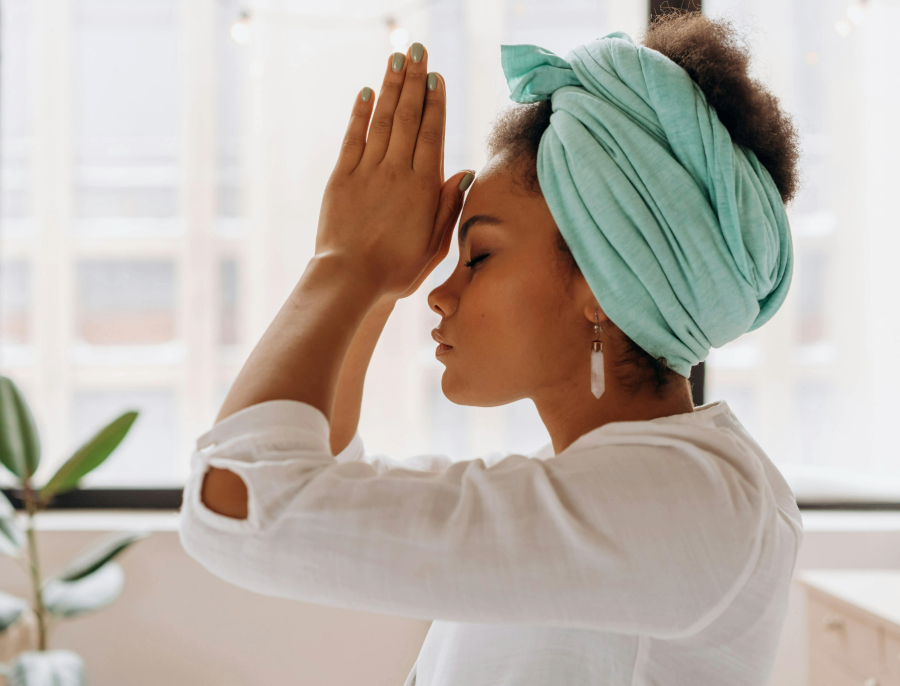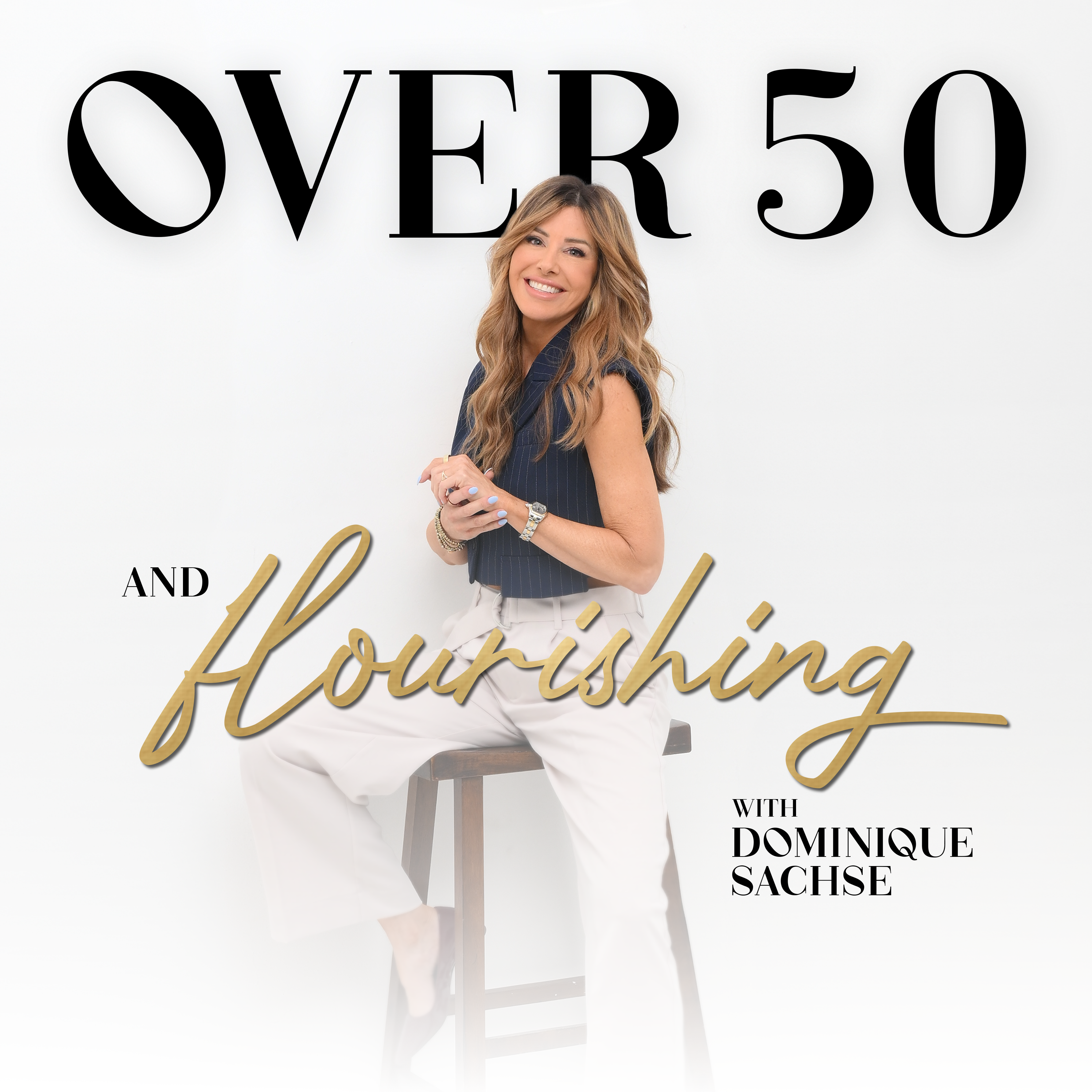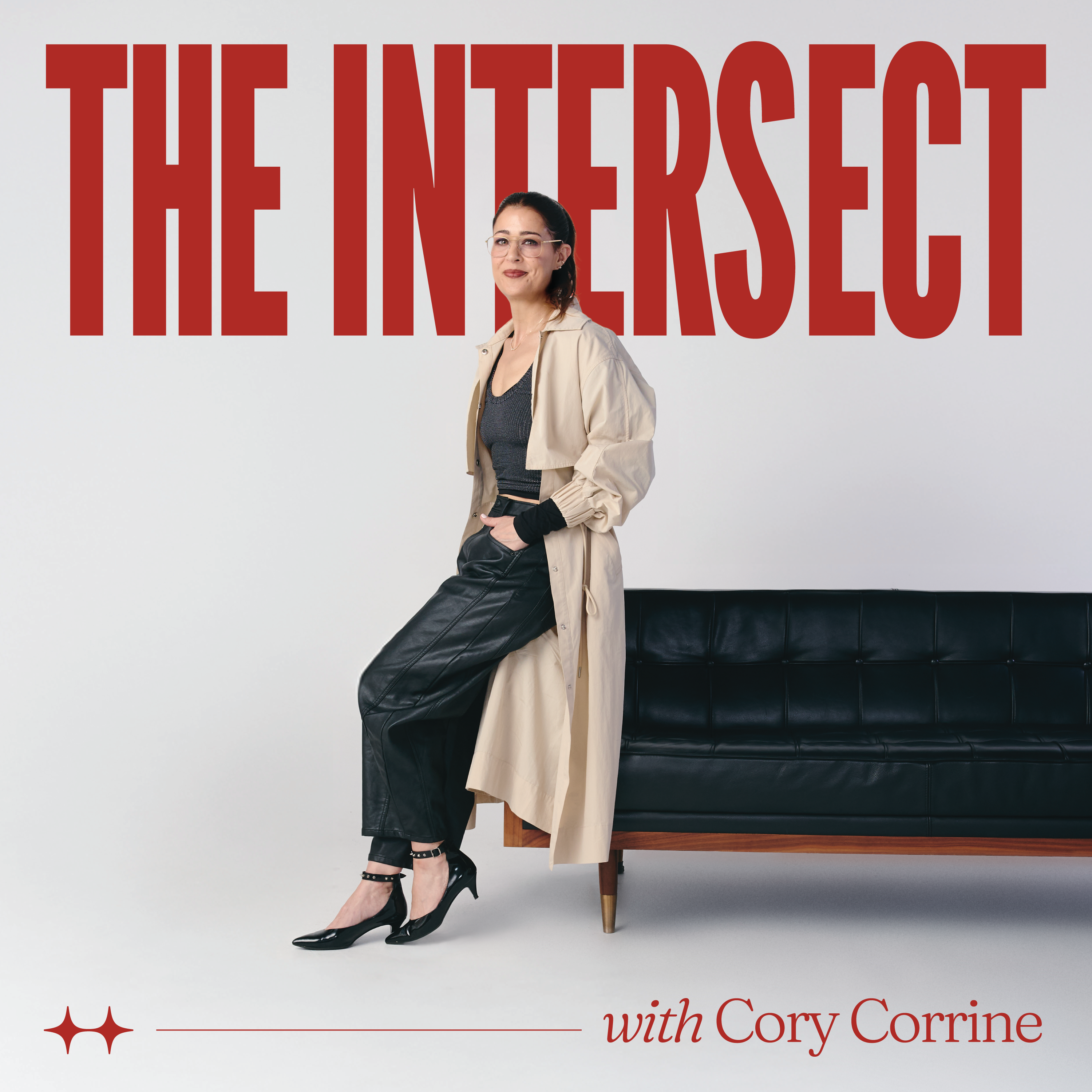Did You Know a Black Woman Played an Important Role in the History of Pilates?

When Bryony Deery first discovered Pilates, it wasn’t love at first sight—but it was the start of something powerful. On Beyond the Mat, Deery shares how she came to the practice as a way to heal, evolve, and ultimately transform not just her body, but her entire approach to movement and life. “It was honestly a fluke,” she admits. “But it quickly became my calling.”
As she walks her listeners through her personal Pilates journey, Deery touches briefly on the history of Pilates, acknowledging that it didn’t begin in a reformer-clad luxury studio in a trendy part of London or L.A. Instead, it had its roots in prison camps and post-war trauma. She also reveals something most people don’t know—a Black woman named Kathleen Stanford Grant played a pivotal role in shaping Pilates into what it is today.
A quick refresher on the history of Pilates
Joseph Hubertus Pilates was born in Germany in 1883 and developed his method during World War I while interned in a prison camp. He was a circus tumbler, athlete, and fitness obsessive who worked with injured soldiers to develop a low-impact, rehabilitative system that focused on core strength, flexibility, and controlled movement. His method—initially called “Contrology”—blended Eastern breathwork, European strength training, and holistic philosophies to build what we now know as Pilates.
After moving to the U.S. in 1926, Pilates opened a studio in New York City and began training dancers, athletes, and performers with his signature apparatuses—most famously, the Universal Reformer. His approach was transformative yet exclusive, attracting primarily elite white clients due to both cost and accessibility.
Enter Kathleen Stanford Grant: The overlooked Pilates pioneer
Here’s where the story gets buried—and where it begins to resonate. Stanford Grant, a brilliant Black choreographer and movement artist, became one of only two people personally certified by Pilates. She wasn’t just his student—she was a trailblazer.
Stanford Grant brought her lived experience as a Black woman and professional dancer to the method, and in doing so, changed Pilates from the inside out. She opened her studio, becoming the first Black Pilates instructor to do so, and dedicated her career to making the practice accessible to more than just the wealthy and white.
Through innovative teaching techniques—such as image-based instruction—she helped demystify the work and make it more accessible to a broader audience. Her efforts laid the groundwork for Black instructors and clients alike to see Pilates as a practice where they, too, belonged.
As Deery puts it on Beyond the Mat, “Pilates is so often seen as this exclusive, almost unattainable practice. But it shouldn’t be. It’s for everyone—everybody, every background.”
Reclaiming space in a whitewashed wellness world
For decades, Pilates has been seen as the domain of thin, wealthy white women—a reputation that’s deterred many in the Black community from exploring it. Classes were expensive, certification programs were gatekept, and Black representation in studios was almost nonexistent. And yet, it was a Black woman who helped bring the method to the mainstream in the first place.
Stanford Grant not only trained numerous dancers, including some of the most prominent Black icons of her time, but also paved the way for the next generation of Black Pilates instructors. Her work was intersectional long before that word entered wellness discourse.
Now, thanks in part to a new wave of instructors, influencers, and advocates like Deery herself, a cultural shift is underway. Pilates is becoming more inclusive.
Why this matters now
Understanding the complete history of Pilates—and honoring the Black woman who helped shape it—isn’t just about giving credit where it’s due. It’s about reclaiming space in wellness culture and breaking down the silent barriers that keep so many people from trying something that could transform their lives.
As Deery reflects, “Pilates gave me a sense of empowerment. It made me feel strong, not just physically, but emotionally [as well]. Everyone deserves that.”
Stanford Grant’s legacy reminds us that movement is a political act. That Black bodies deserve to be centered in healing spaces. And that the revolution doesn’t always look like protest—it can look like breath, control, and grace on a mat.
So the next time you flow through a teaser or lengthen into a leg circle, remember: you’re part of a lineage that’s deeper—and more diverse—than most studios will ever advertise. And thanks to pioneers like Kathleen Stanford Grant, that legacy lives on.




















Leave a Reply